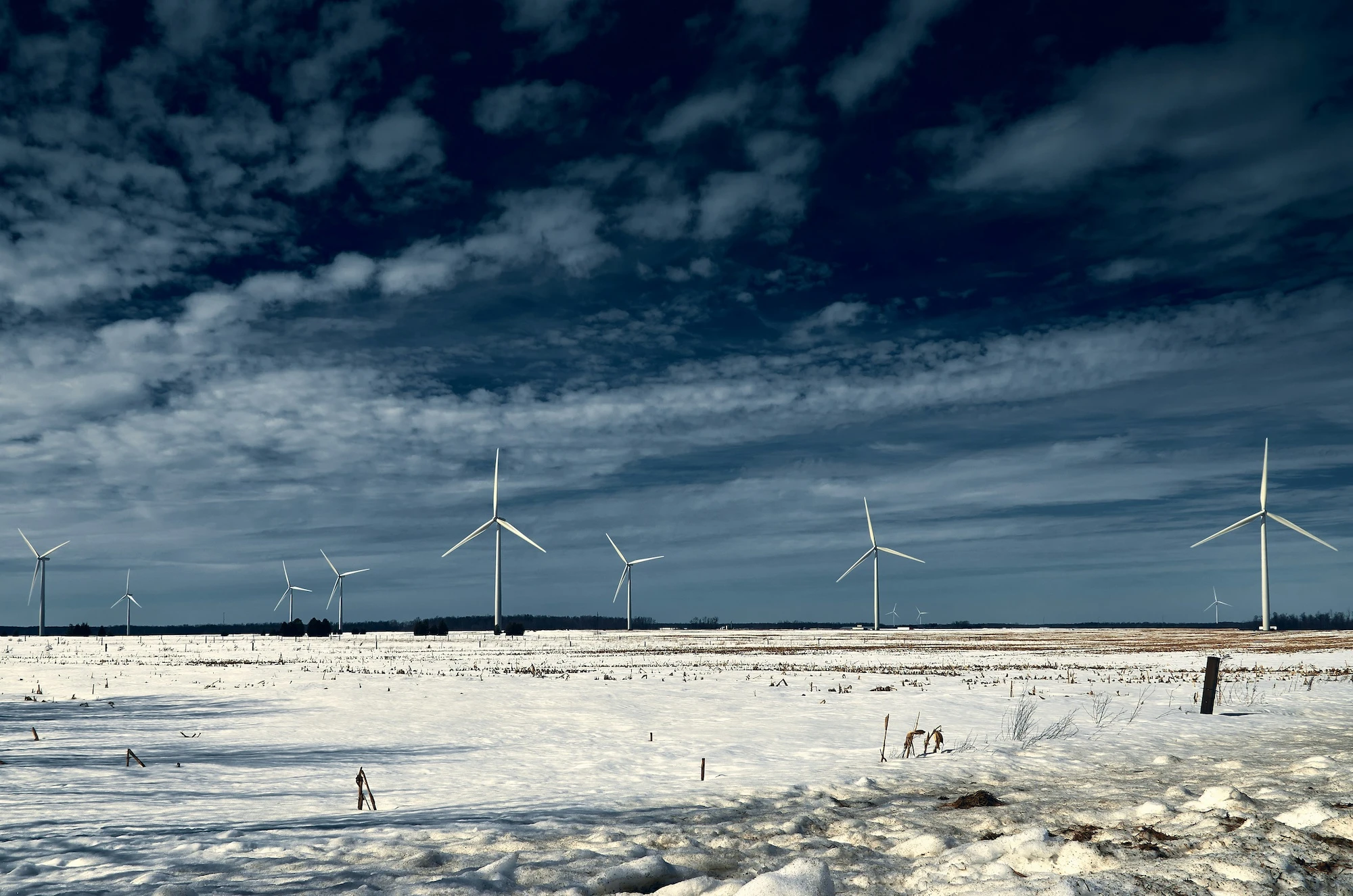Power market trends for 2024
After the COVID-19 pandemic, the energy crisis and continuing geopolitical conflict around the world, power markets have experienced unprecedented levels of volatility. Olav Vilnes, Nordic Editor at Montel News outlines some expectations for this year and the factors driving price changes.

Energy markets are changing